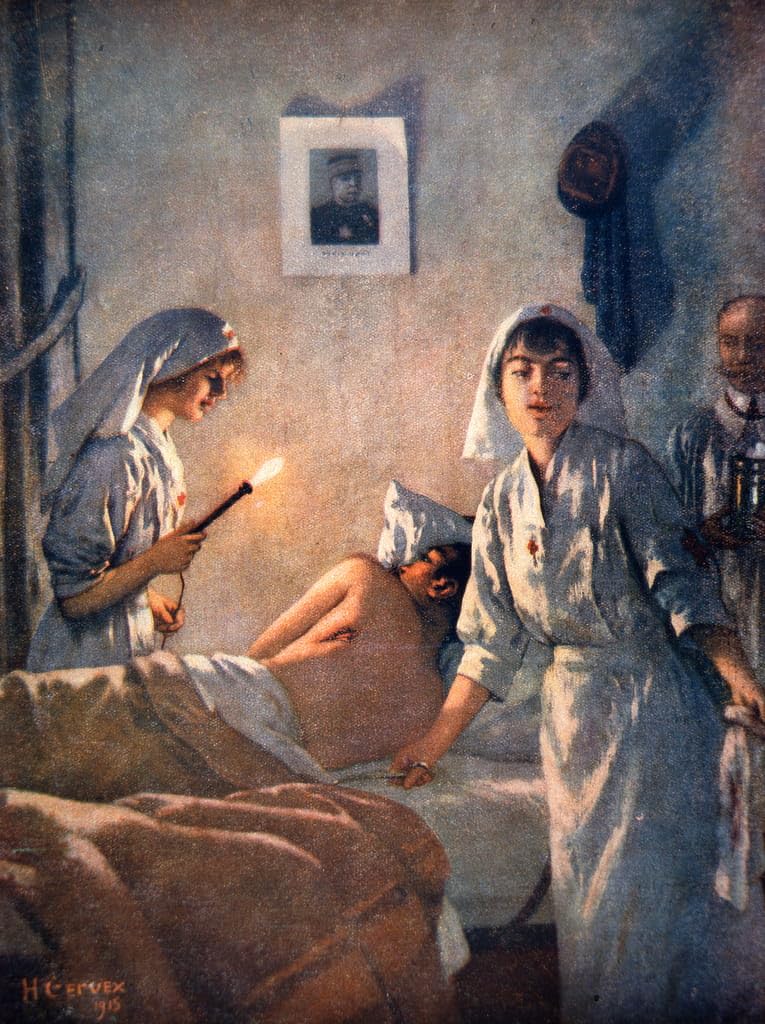Most patients will be returned to the ward following free flap surgery (ie DIEP, PAP, LAP flaps). Occasionally some patients are admitted to ICU following their surgery if their blood pressure has been labile during the procedure. In ICU, these patients are able to have their blood pressure monitored closely and treated in a timely and appropriate fashion.
The following is the ward protocol for the care of Dr Teh’s patients following free flap surgery in uncomplicated cases and is intended for nursing staff. Some patients may find this useful in learning about their recovery whilst in hospital.
Day 0: Return to ward
- Half hourly flap observations for 6 hours, then hourly for the next 18 hours.
- Strict rest in bed, bed pan for toileting
- Keep in warm room (32deg C) and keep flap warm. This is to help to improve the blood circulation to the flap.
- Ideally following a breast reconstruction, the breast garment should be worn at all times post op.
- Be careful with rolls and ensure the reconstruction is well supported prior to rolling
- The abdominal garment can be taken off while in bed but should be worn every time the patient mobilises.
- Heparin injections (for prevention of deep vein thromboses) to start 6 hours post op and continue twice a day
- IV fluids at 125ml to 166ml per hour or as dictated by urine output and blood pressure
- IV antibiotics and calf compression pumps to continue
- Oxygenate with 2L nasal prongs or as dictated by oxygen saturations
Day 1
- Hourly flap observations, converting to 2 hourly by the evening for next 24 hours
- Keep room warm at 32deg C
- Remain strict rest in bed
- Heparin, calf compression pumps and IV antibiotics to continue
- IV fluids at 80-100ml/hour or as dictated by urine output and blood pressure
- Encourage oral intake
- Encourage use of spirometry to keep lungs well ventilated
Day 2
- 2 Hourly flap observations, reducing to 4 hourly by the evening for the next 24 hours
- Reduce temperature to room temperature
- Begin to stand and sit in chair with help from nurses/physiotherapists. Ensure that chest and abdominal garments (DIEP/PAP flaps) are on prior to getting up. Microfoam taping can be removed from chest once supportive bra is on.
- Twice daily Heparin injections to be changed to once a day Clexane injections.
- IV antibiotics to be changed to oral form for the next 5 days.
- Calf compression pumps may be stopped if mobilising more than 3 times a day
- IV fluids at a rate to keep vein open
Day 3
- 4 hourly flap obs reducing to once a shift by the evening
- Encourage to mobilise more
- Remove IV lines (CVL, peripheral drips) once pain requirements adequate with oral analgesics
- Remove pain buster catheter if present
Day 4-7
- Once a shift observations
- Remove IDC(bladder catheter) if mobilising well
- Remove drains if draining less than 30mls/day
- Remove doppler marking sutures
- Home when medically fit to do so
- Remove PREVENA™ (vac dressing) on donor site if applicable and change to waterproof dressing (tegaderm or mepilex silicone dressing)
- Change any other soiled dressings.
Note:
Flap observations consists of
- measuring skin temperature of flap vs skin temperature of an adjacent fixed point (usually base of neck). Flap temperature is often slightly cooler than normal skin temperature. The difference between the two should become less and less over time. If this difference is increasing, the surgeon should be notified.
- tissue turgor – the flap should feel nice and soft. Increasing hardness of the flap may indicate venous congestion or an evolving heamatoma. The surgeon should be notified.
- flap capillary refill – done by pressing on the flap skin for 20-30s and then releasing. The skin colour should return back after 2-3 seconds. A brisk return (<2s) may indicate venous congestion and a sluggish return (>4s), arterial compromise. The surgeon should be notified.
- flap colour – a healthy flap is usually light pink to pale white in colour. Pale white with a doppler signal is not concerning. Worsening venous congestion is heralded by increasing darkening of the flap, going from bright pink, to red, then a violet colour. Increasing bruising on the skin or worsening heamatoma can also occur as a result of venous congestion in the flap. The surgeon should be notified if there are any concerns about the colour of the flap.
- doppler signal – loss of doppler signal will indicate arterial compromise. Do not rely on just the doppler signal alone, as this will still be present for several hours after a venous occlusion has occurred. Venous occlusion is best detected by the other observations above.
